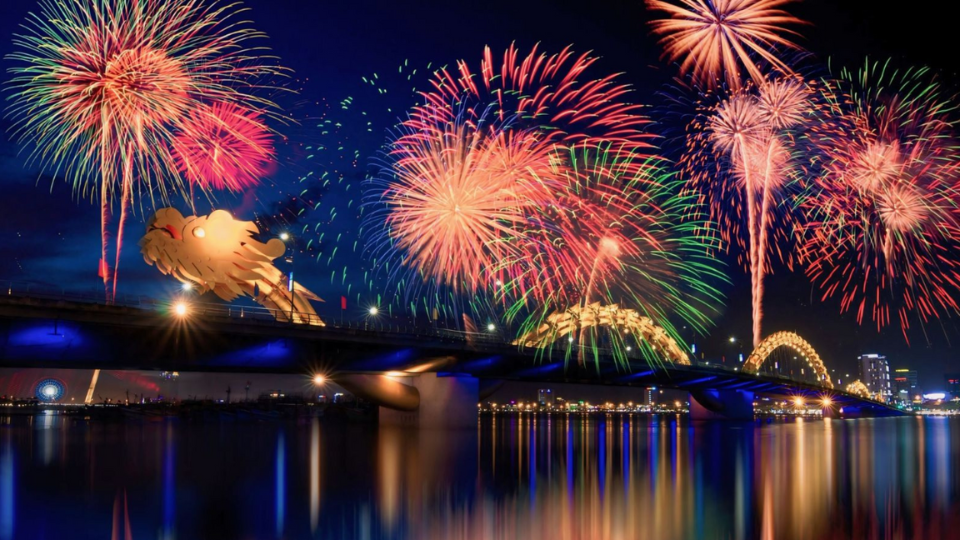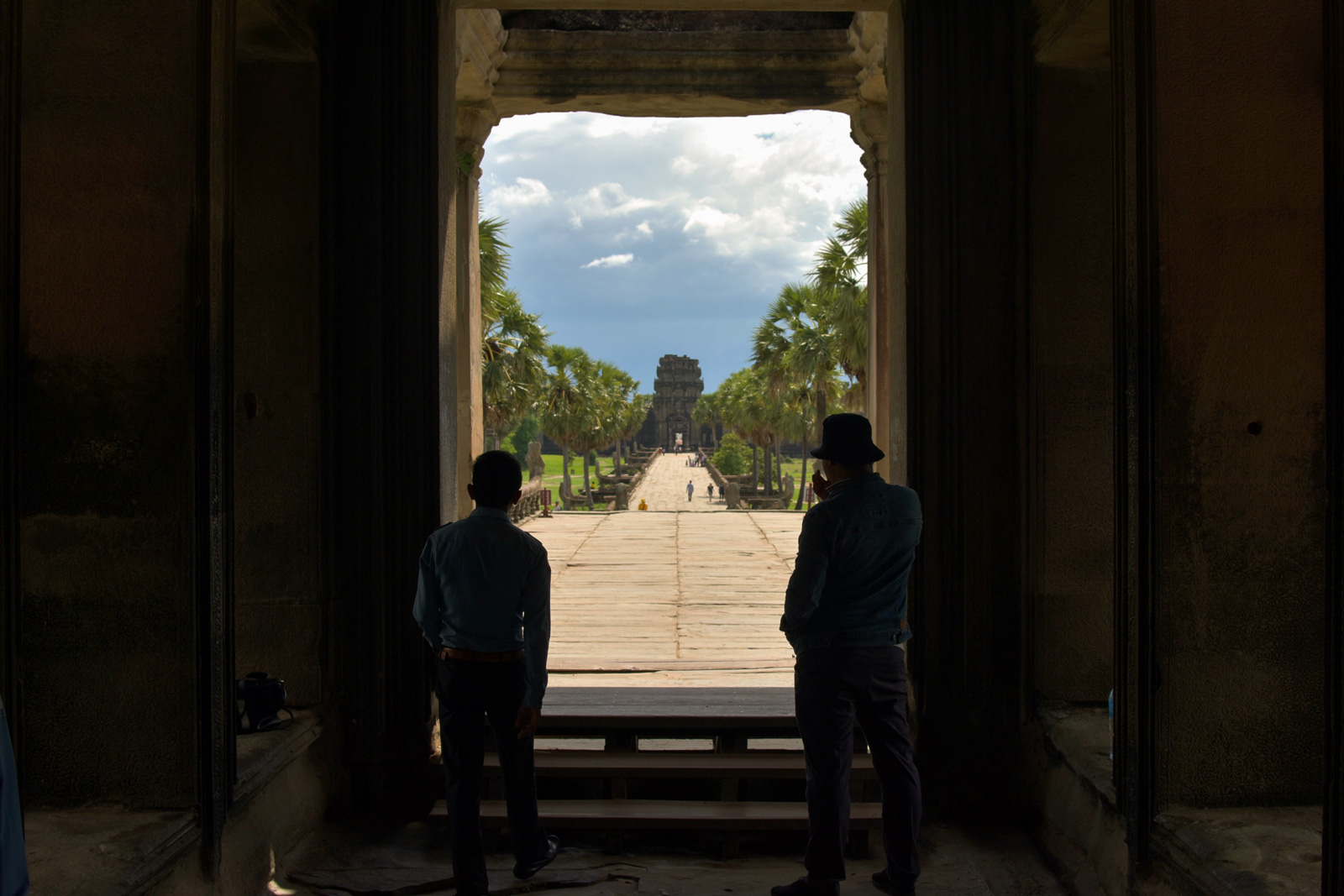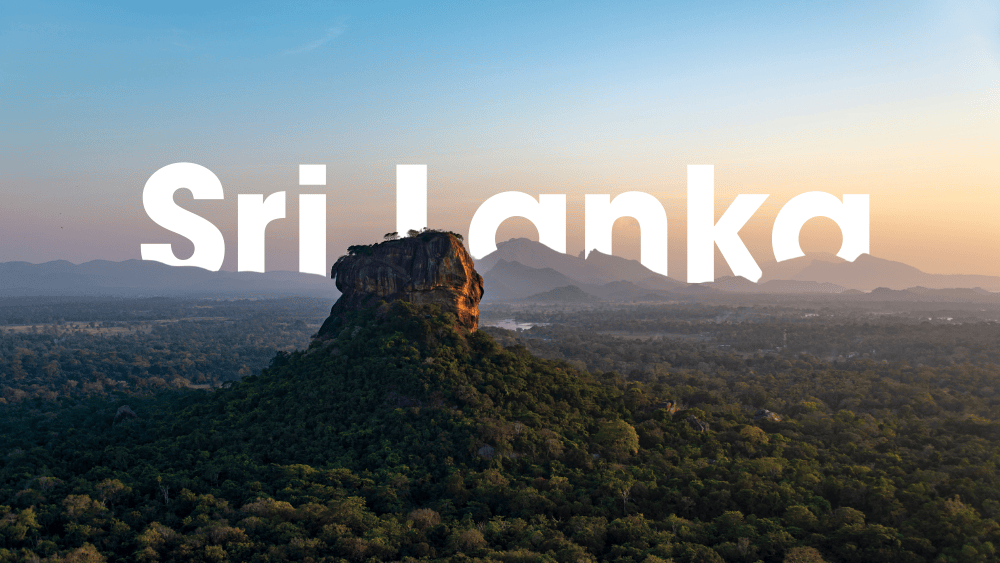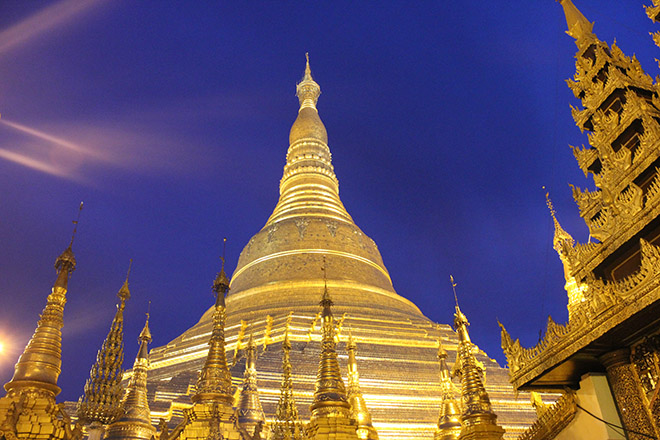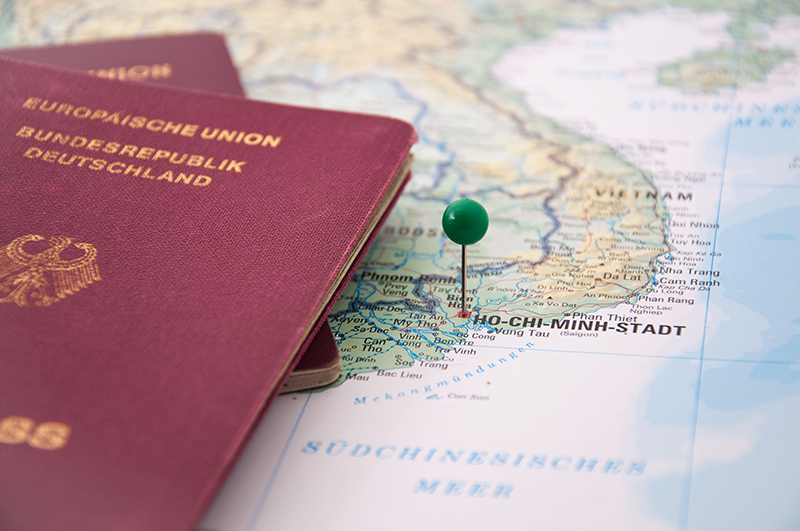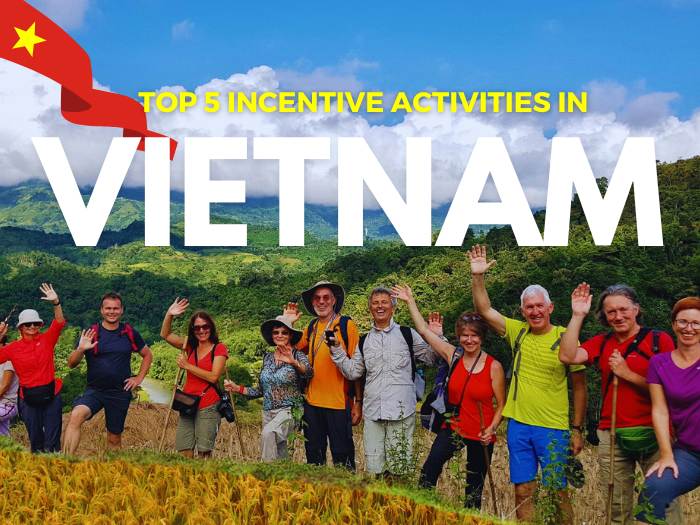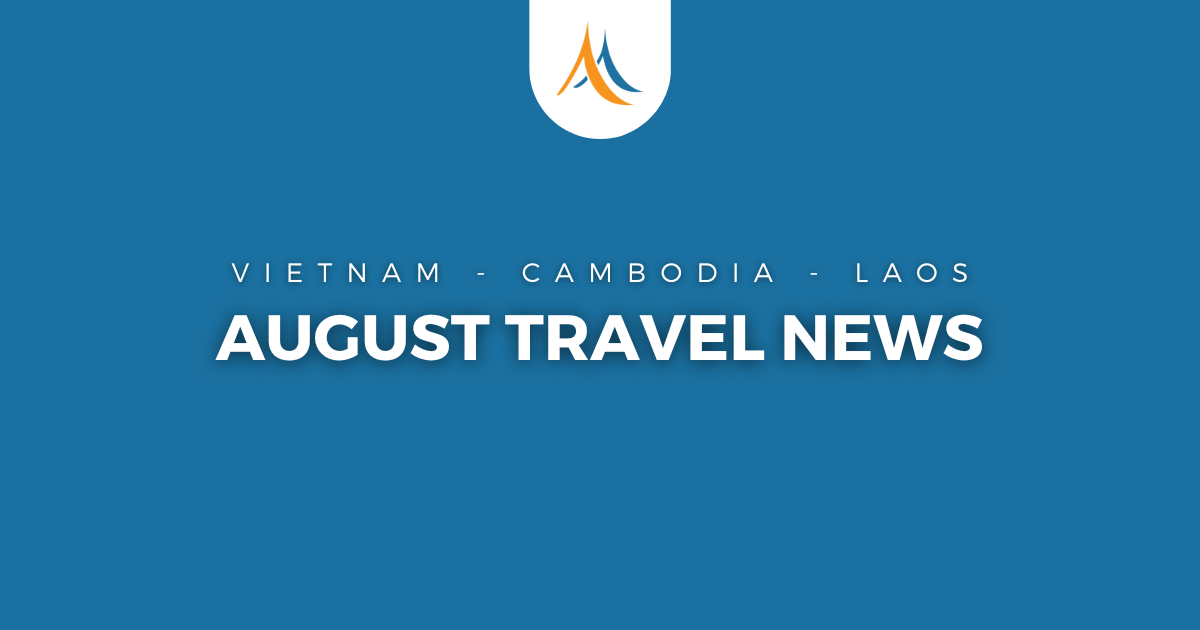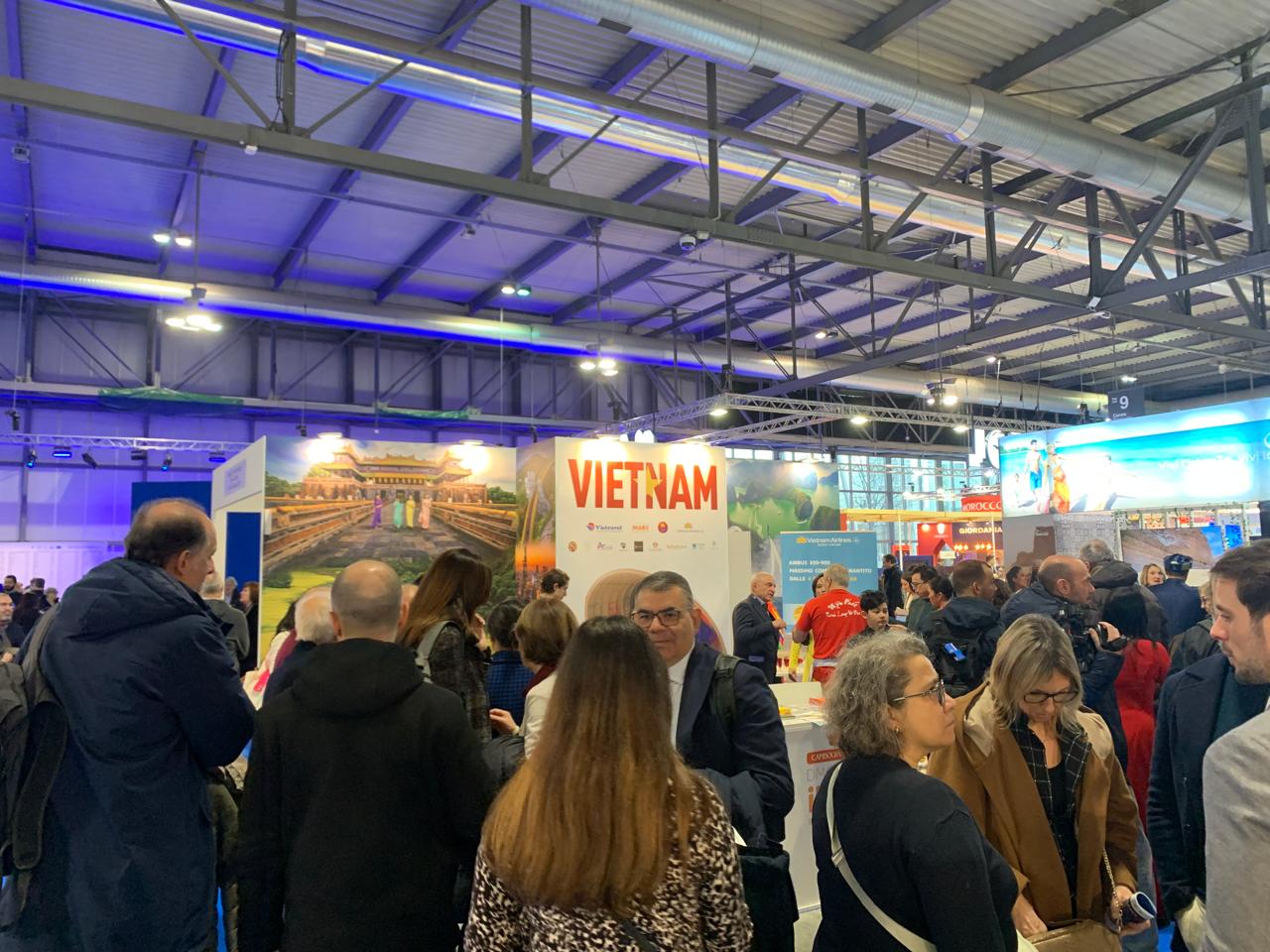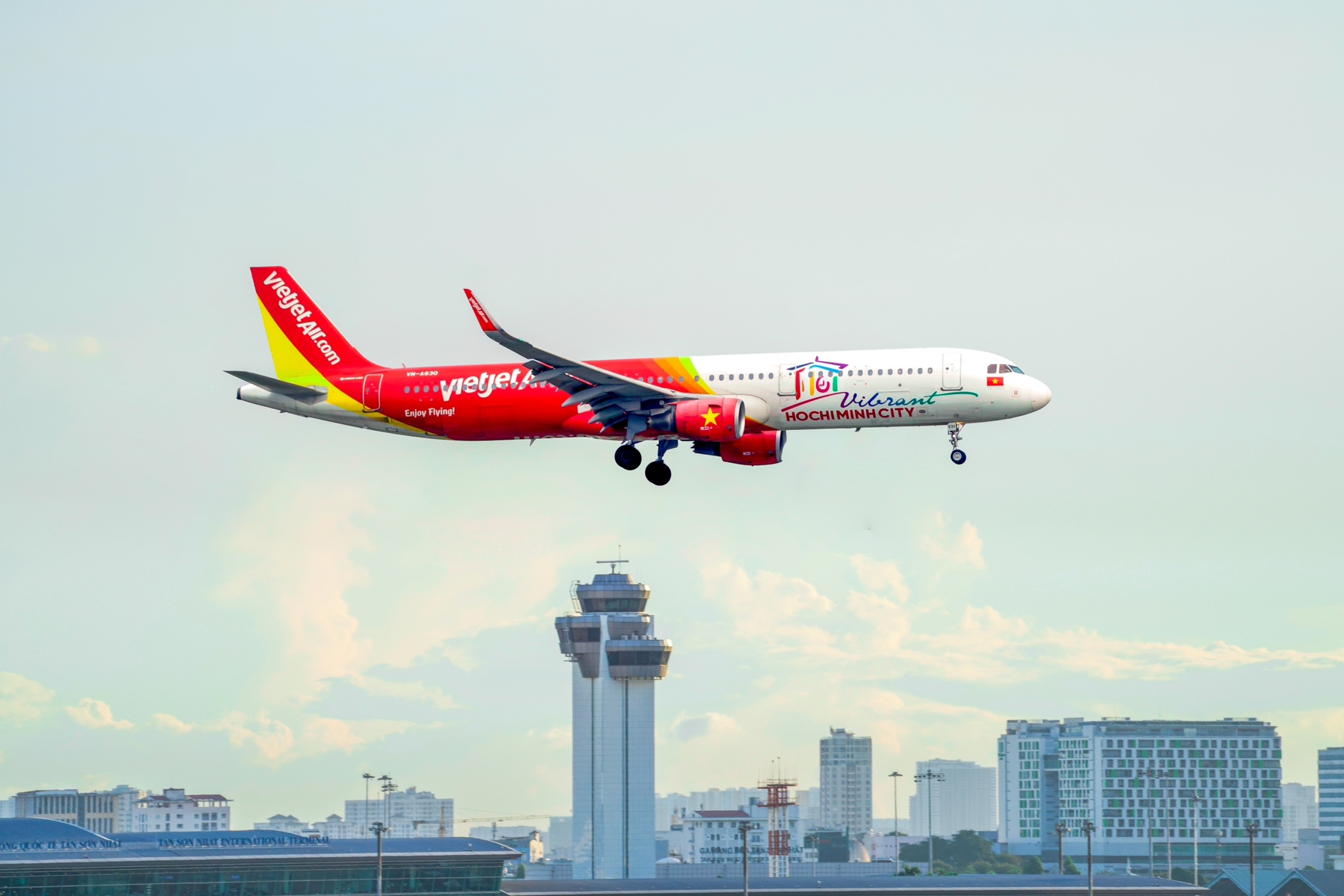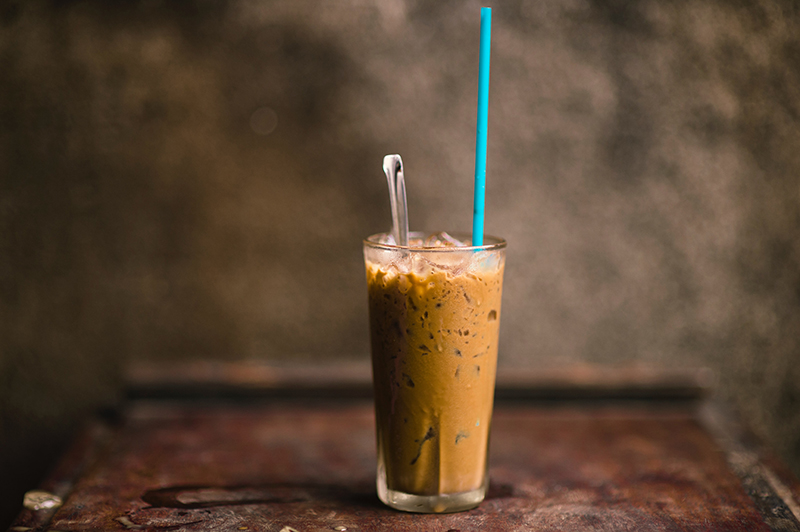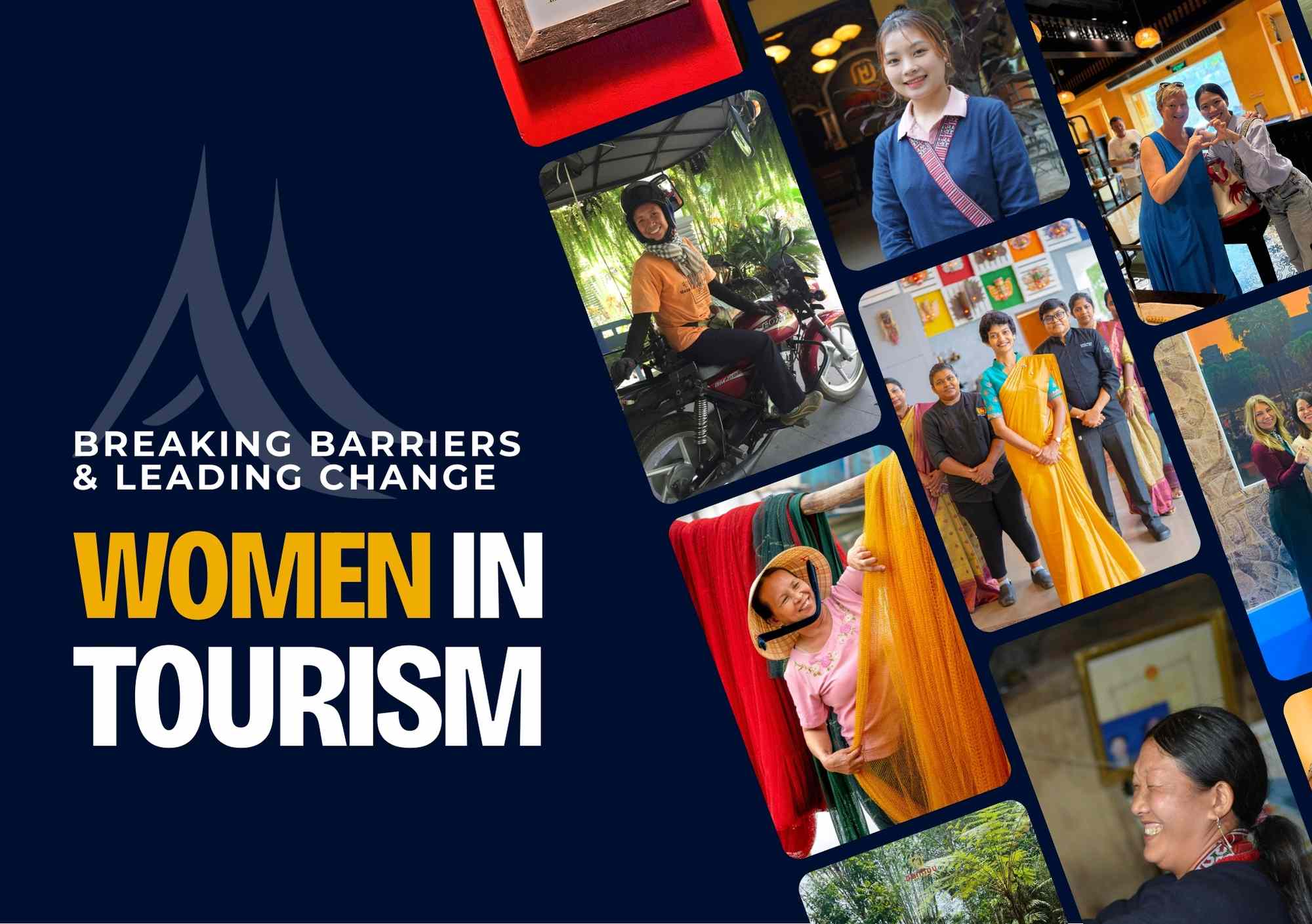
How Buddhism Influence Life Of Burmese?
Wed, 02/05/2020 - 17:15
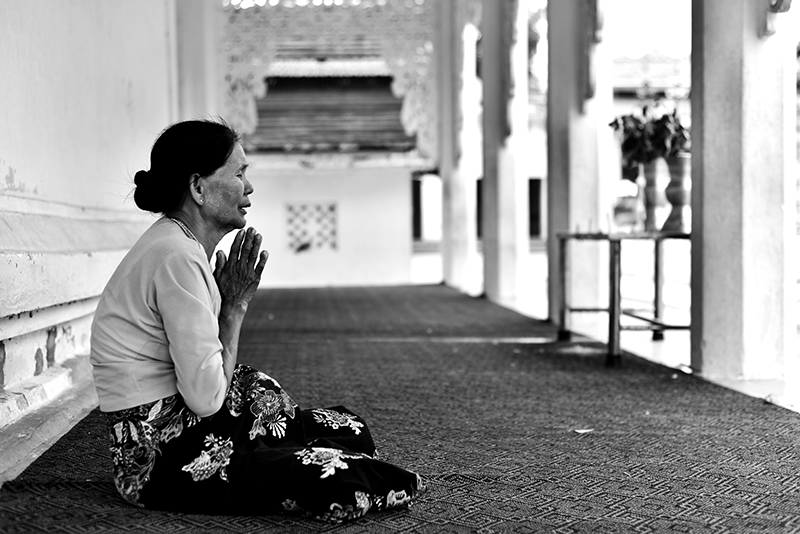
We all know that Myanmar is a strong pillar of Buddhism. But how this religion affect local life? How the native people adapt Buddhism practice in their daily activities?
Authentic Asia will show you in this article
An Overview of Buddhism In Myanmar
The land of Myanmar is divided into 7 large states. The population of more than 53 million people includes 135 ethnic groups, with more than 85% of the population following Buddhism. The majority of the people in Myanmar worship Buddhism, and in any city, there is at least one Buddhist temple and monastery. Temples with Buddhist architecture are part of Myanmar's unique culture. Buddhism has a great influence on the people of Myanmar, their lives are associated with Buddhist rituals. Buddhism in Myanmar is the "Theravada Buddhism", the oldest school with strict rules and regulations. The practice is no different from Buddhism in Thailand, Laos, Sri Lanka, Cambodia, the monks are not at the temple but at the monastery.
The Long-Established Existence Of Buddhism On The Burmese Surface
Myanmar is a country with a vast number of temples and pagodas.
Bagan, the ancient capital of the last Kingdom is home to thousands of religious sites of all kinds. All of them are very sophisticated in design, the most outstanding temples are Shwezigon Pagoda, Manuha Temple, Thatbyinnyu Temple. Although the Old Bagan is now deserted, flocks of monks, Buddhists, pilgrims and interested visitors still make their way here to admire the elaborate architecture and pay homage to Lord Buddha.
There is another place near Mandalay, which features 9,000 Buddha statues sitting under many Bodhi trees. And in Sagaing Hills, there are more than 900 temples with more than 9,000 monks. Here the number of Buddhist monks is even larger than the number of local residents.
Not only popular in major cities, but Buddha images are also found in remote caves deep in the jungles. There are several stupas of varying sizes built in the chambers and a small Buddhist stupa erected at the eastern end of the rock shelter of Padah-Lin caves (Taunggyi District, Shan State). Kawgun Cave (Hpa An) consists of thousands of tiny clay Buddhas and carvings. And many more caves where the Zen masters inhabit to practise meditation.
The Buddha image in Burma is usually very large, typical in Yangon with a temple named Chaukhtatkyee (Relining Buddha). The Buddha statue inside has an incredible dimensions: 54.88m long, 16m high, the length of the face 6.86m, ears 4,57m, eyes 1,14m, eyebrows 2,29m, eyelashes 2,29m, neck 2,29m, the length from shoulder to chest is 14,48m, from chest to knees 14,48m, from knee to toe 14,48m, from elbow to finger 13,71m.
The Deep-Rooted Buddhism In The Thought And Activities Of The Burmese
In general, Burmese people are very religious, gentle. It is easy to notice the sincerity and peacefulness through activities, costumes and makeup.
The native people follow a minimal lifestyle following the words of Lord Buddha. All Burmese people, whether male or female, keep the tradition of wearing a piece of fabric on their lower body instead of long pants. They do so both at work and at important ceremonies. Burmese women often decorate their faces with a white powder extracted from Tha Na Kha tree. This traditional cosmetic is also called Thanakha, meaning “cosmetic for beauty” and “cleansing” in Burmese. It is said to protect the skin from detrimental sunlight during hot seasons and prevent dryness on the cold weather.
Because the majority of the population is Buddhists, the fasting season is highly important. The Buddhist fasting season accounts for three months on Myanmar's calendar. It is usually at the same time as the hot season from July to October. During that time, the locals will avoid organizing weddings, ceremonies. As the fasting season coincides with the summer holiday, many families send their sons to Buddhism school to learn about Buddhism practice.
Myanmar people may not be rich, but perhaps this is among a few places where you can easily find so many temples inlaid with gold leaves. According to the Burmese, donating gold leaves to gilding religious sites is an act of respect. The more you donate, the more respectful you are. That’s why world-renowned temples like Shwedagon (Yangon) are inlaid with a new gold layer every year.
Wherever you go in this country, you can see the monks. They usually do not stay in the temple but in a certain monastery. Besides monks, there are many novices at the monastery. There are children staying to study monasteries, cultivate Buddhist teachings and especially the refuge of many orphans. The monastery in Yangon, Bagan has hundreds, dozens of orphans.
Usually, in the early morning, you can observe the Sangha (a collection of monks, monks, nuns, novices, and laity) on their unique saffron clothes walking to every corner for alms. The Burmese will prepare food, clothes, waiting in front of the house to give the donation the Sangha. Before the sun sets, the sound of praying from temples, pagodas, mediation centres become apparent. It’s like a lullaby to erase all the tension and stress of the hustle and bustle of daily life.



